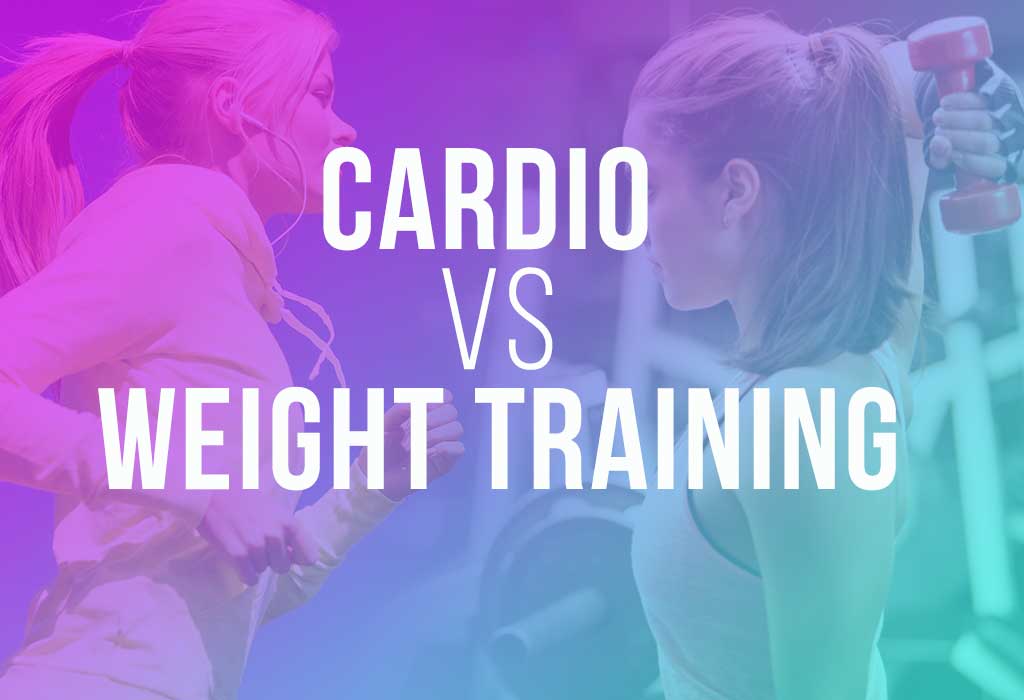EPOC or the after burn effect
Intense weight training causes micro trauma to the skeletal muscles. It also throw the body out of equilibrium or homeostasis. This results in increased blood pressure, body temperature, heart rate, respiratory rate. etc. Post exercise and during recovery, the body not only has to repair the muscles tissue but also bring these parameters back to normal or to the state of homeostasis. This forces the body to burn more calories at rest and increases the BMR. The body also consumes excess oxygen to carry out this recovery. This effect is known as EPOC (Excess Post exercise Oxygen Consumption) or the after burn effect.
EPOC or after burn depends on two factors: intensity and surface area of damage. This means that a 4 rep max workout will offer greater EPOC as compared to a 15 rep max workout of the same exercise. Similarly compound multi joint movements would offer greater EPOC as compared to isolation movements for the same exercise and intensity as the surface area of damage is more.
If proper nutrition and rest is provided during the recovery phase, the body tries to super compensate by making the muscle stronger and bigger. This increase in the size of the muscle cell is know as hypertrophy. Since muscle is metabolically active tissue. Increased muscle mass would force the body to burn more calories in order to maintain the increased amount of muscle. Thus, there would be an increase in BMR.
Compared to weight training, cardio vascular training does not induce hypertrophy. The EPOC effect associated with cardio training is also comparatively lower. Therefor weight training is a better tool to active fat loss.


 WhatsApp us
WhatsApp us